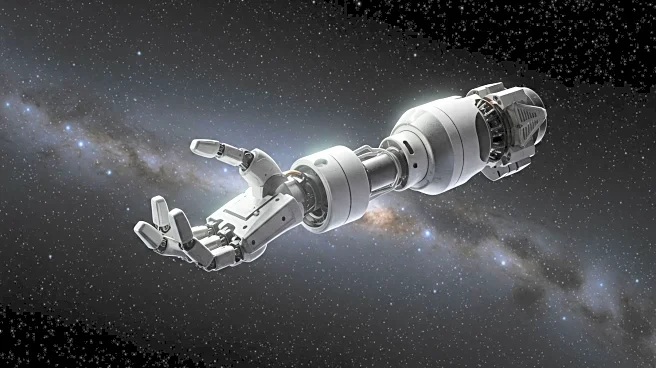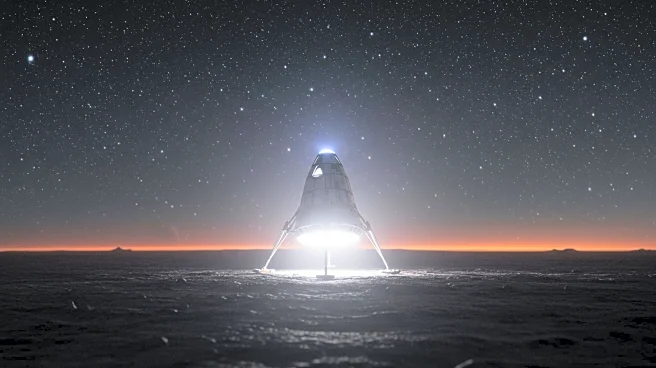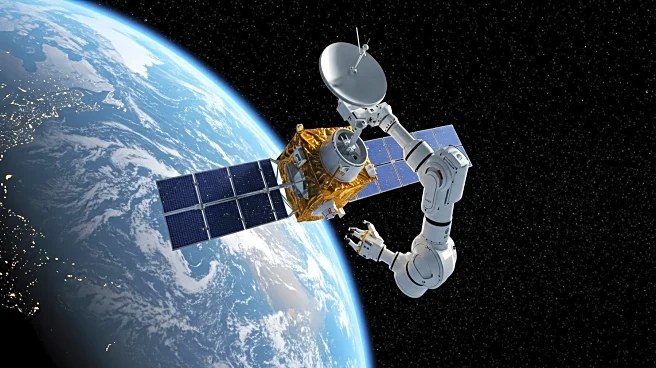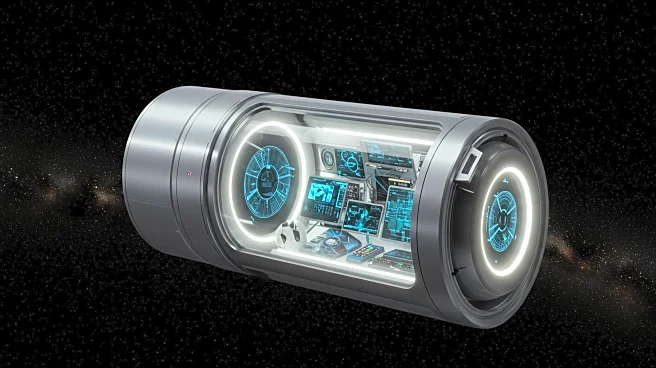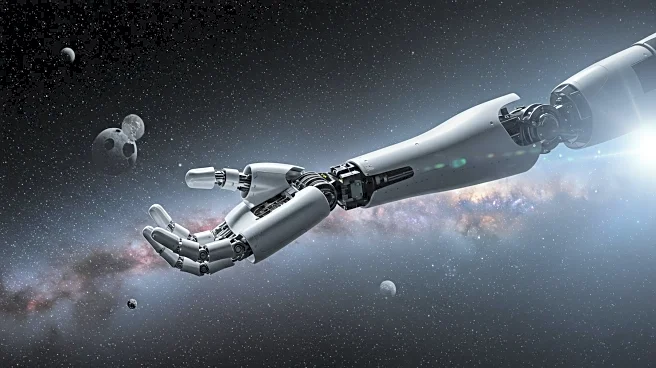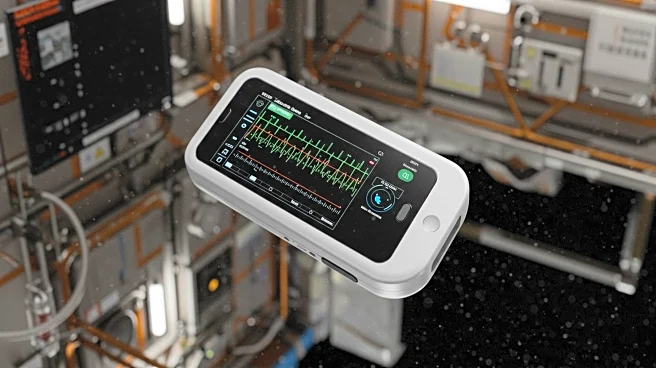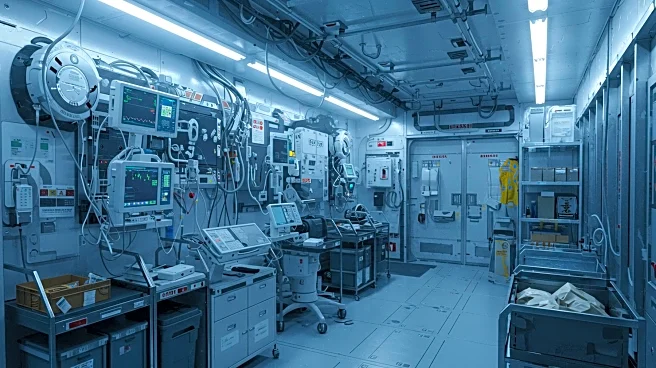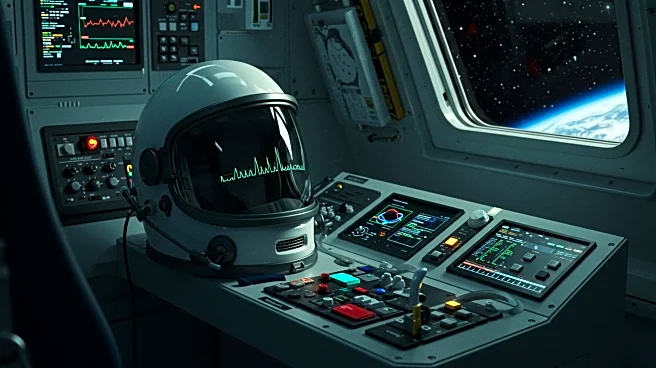What is the story about?
What's Happening?
On May 25, 2025, SpaceX's Dragon capsule successfully returned to Earth, carrying 6,700 pounds of scientific experiments and innovative technology from the International Space Station (ISS). This mission marked the 32nd commercial resupply mission for NASA, showcasing advancements in space exploration. Among the returned cargo were tentacle-like robotic arms and hyperspectral imaging devices, which are expected to inspire future scientists and engineers. The mission also included the MISSE-20 experiment, which tested materials exposed to space conditions, aiding in the development of more resilient spacecraft. Additionally, the Astrobee-REACCH system demonstrated its ability to capture and manipulate objects in orbit, offering solutions for space debris management and satellite servicing.
Why It's Important?
The return of cutting-edge technology from the ISS highlights significant advancements in space exploration and technology. The materials tested in space will contribute to the development of durable spacecraft, essential for future missions to the Moon and Mars. The Astrobee-REACCH system's success in handling orbital objects is crucial for managing space debris, ensuring the sustainability of space operations. Furthermore, the hyperspectral imaging system, OPTICA, offers real-time Earth observation capabilities, which can enhance environmental monitoring and disaster response. These technologies not only advance scientific knowledge but also have practical applications that can impact industries such as communication, weather forecasting, and Earth observation.
What's Next?
The successful return of these technologies paves the way for further advancements in space exploration. The data gathered from the MISSE-20 experiment will inform the design of future spacecraft, while the Astrobee-REACCH system could be integrated into missions focused on space debris removal and satellite servicing. The OPTICA system's capabilities may lead to more efficient Earth observation, aiding in global challenges such as climate change monitoring and disaster management. As space exploration continues to evolve, these technologies will play a vital role in enhancing the quality and efficiency of satellite communications and data collection.
AI Generated Content
Do you find this article useful?
